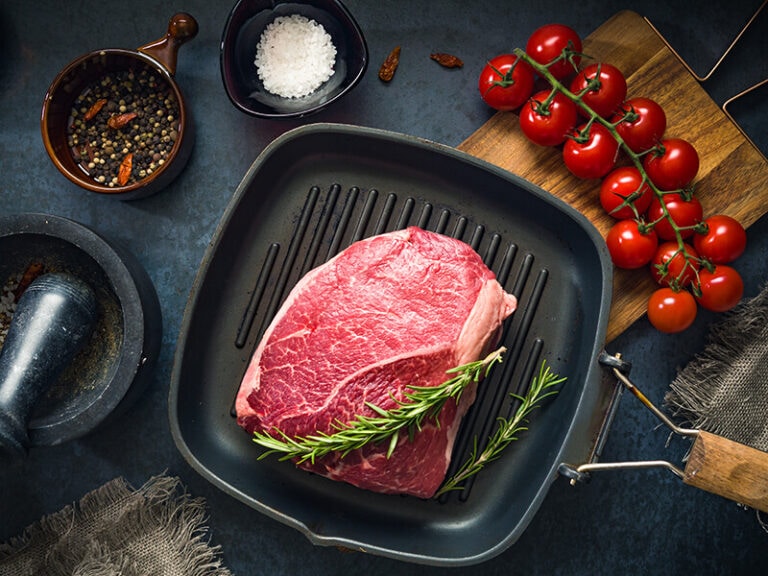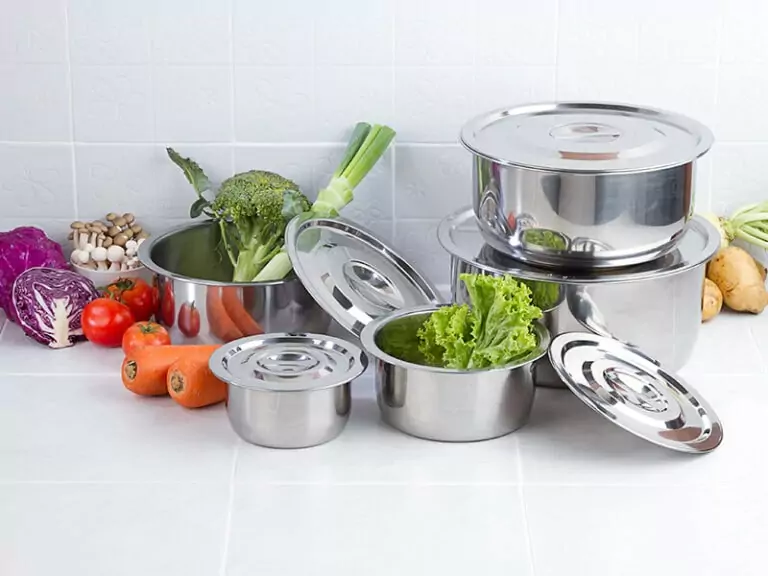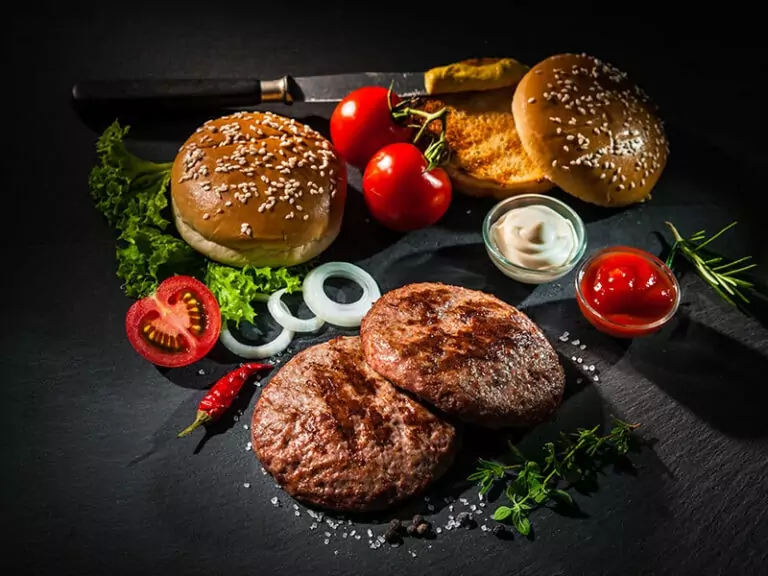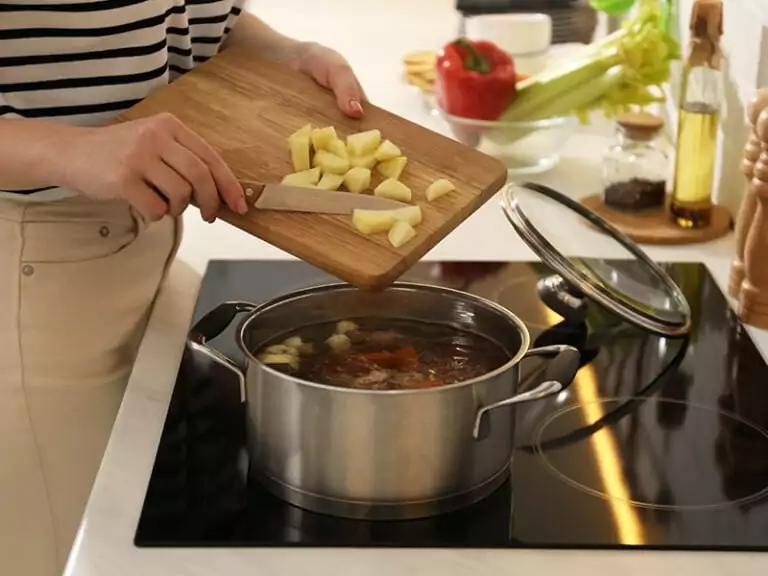Is almond flour gluten-free? Being diagnosed with celiac disease or gluten sensitivity, you have to put everything you eat on a gluten checklist. Now, it’s almond flour’s turn. This magical flour can be used to bake many of your favorite foods so your question is reasonable.
Don’t panic yet! This post will help you place almond flour in the appropriate category. Furthermore, there are also tips that you will find helpful for your gluten-free lifestyle. Let’s take a closer look at your favorite flour!
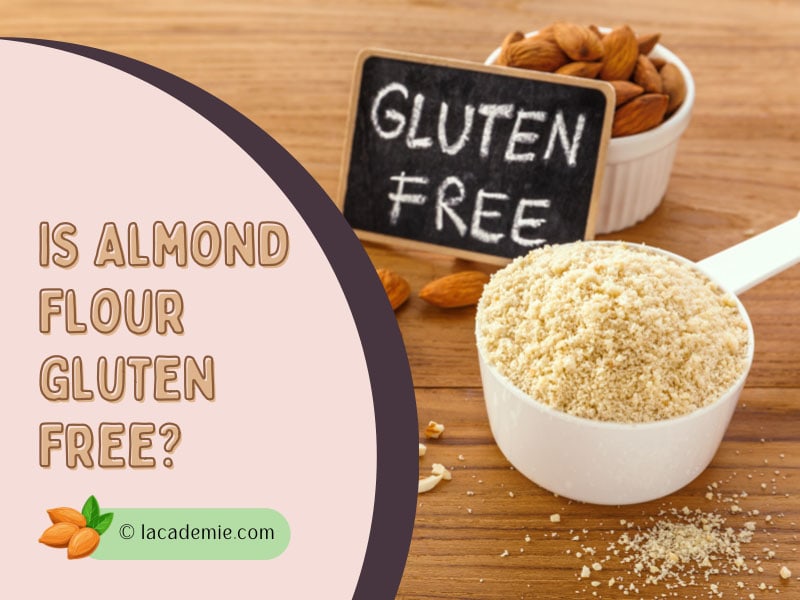
The Uses And Health Benefits Of Almond Flour
Firstly, It should be best to mention the usefulness of almond flour. When asking people about their favorite types of flour, you will find the almond variety usually at the top. This is not surprising, considering the awesomeness of this flour.
What Can You Make With Almond Flour
Almond flour is mostly for baking cakes, bread, and cookies. Macaron – a famous French cookie – is usually a product of almond flour. High in fat, almond flour adds a tender and damp taste to foods. If you’re thinking about an elegant dessert without using any all-purpose flour, almond flour is the ideal choice.
Apart from baking, almond flour can also be an ingredient to deep fry or bread meat. However, since almond flour can absorb liquid better than traditional flour, you have to make some changes to recipes.

How Healthy Is Almond Flour?
Almond flour is an excellent source of nutrition. It contains low carbs but high monounsaturated fats and fibers, providing a sustainable source of energy. They are also rich in vitamin E and antioxidants, which can lower the risk of diabetes and heart disease.
Magnesium, potassium, and calcium can also be found in almond flour. These minerals raise your bone mineral density and strengthen your bones. To continue, the dietary fiber in almond flour makes your digestive system operate more smoothly.
Research points out that together with lowering cholesterol levels, almonds also have other potentials. Lowering the risk of chronic degenerative disease is one of them. (1)
If you’re wondering whether flour is a vegan-friendly ingredient then almond flour should be your go-to choice. This ingredient is naturally suitable for a vegan diet.
However, like other foods or ingredients, you shouldn’t consume almond flour in an excessive amount. Abundant in calories, almond flour can add a few pounds to your body easily.
Moreover, the fatty acids in the flour can also lead to inflammation and cell damage. Like other nuts, almonds carry enzyme inhibitors, which have the potential to bother your stomach.
However, you rarely consume almond flour in an amount high enough to trigger those negative effects. For this reason, the risks are minimal and shouldn’t be your concern.
Discover the health benefits of almond flour in detail with the help of this video.
Almond Flour Vs All-Purpose Flour – The Main Differences
Sometimes, almond flour can replace all-purpose flour and vice versa. The exchange rate is 1:1. However, the truth is more complicated than that, so you have to be flexible. There are some differences between these two types.
Firstly, almond flour is higher in fat than all-purpose flour. As a result, the former adds moisture to foods while the latter doesn’t. Also, keep in mind that a cup of almond flour generally contains approximately 150 – 200 more calories than a cup of all-purpose flour.
Regarding flavor, if you love the subtly sweet and nutty flavor of almonds in your baked goods, then using all-purpose flour is not a good replacement.
Let’s check their prices and nutrition value. Although almond flour costs 3 times as much as all-purpose flour, it contains more vitamins or minerals. This makes almond flour a healthier choice.
Preservation should also be taken into consideration. All-purpose flour is usable within up to 8 months on the shelf, while this rises to 1 – 2 years in the fridge.
Regarding almond flour, it can only stay 6 months at max (if refrigerated), though its shelf life sometimes extends to 1 year before displaying characteristics of spoiled almond flour.
As you can see, each flour has its characteristics and effects that can not be replicated. Accordingly, you have to consider your preferences and the recipes to get desired effects.
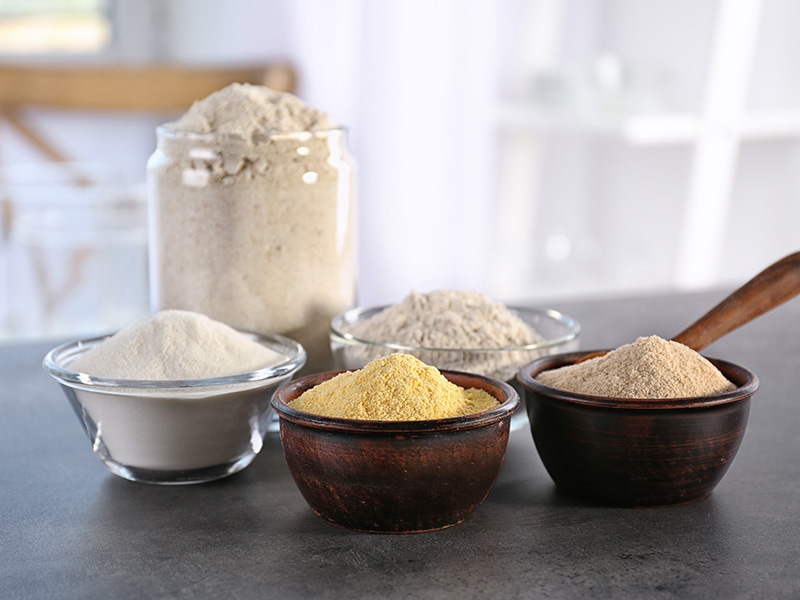
What Is A Gluten-Free Diet And Why You Should Adopt It
Let’s talk about the major point of this post: gluten. What is it and why some people can safely consume it while others have to avoid even a tiny bit of it?
What You Should Know About Gluten Gluten-Free Diet
First, let’s understand what gluten is. Gluten is a group of proteins that can be found in wheat plants and some other grains like barley and rye. Gluten has a wide range of uses, from improving texture to maintaining moisture in foods.
A gluten-free diet eliminates all foods and ingredients containing gluten. Popular sources of gluten are bread, pasta, crackers, and cereals. Moreover, do not use wheat-based flour if you intend to avoid gluten. Remember to also stay away from drinks like beer, stout, lager…
So, what drinks and foods fit a gluten-free diet? In terms of foods: meat, fish, fruits, and vegetables appear in almost every meal of people with celiac disease. About drinks, fruit juice, cider, wine, gluten-free beer, coffee, and tea all fit a diet without gluten.
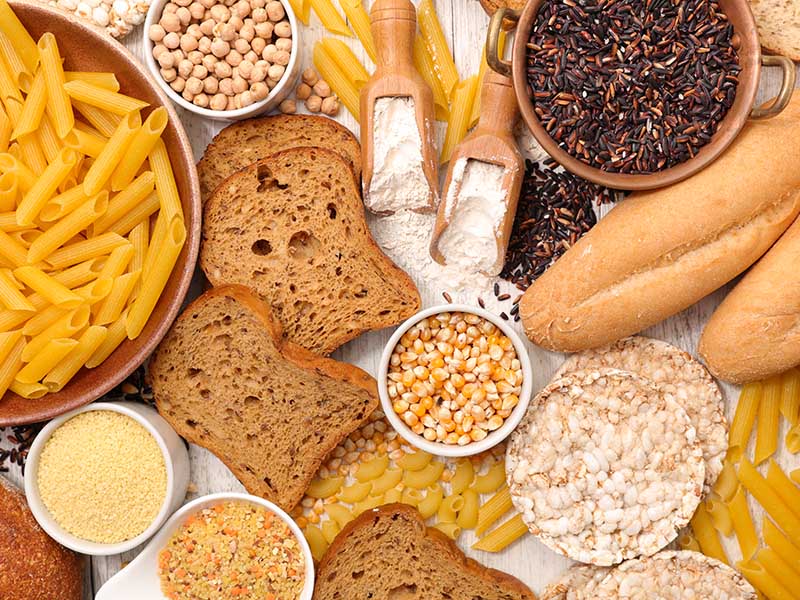
The Reasons Why You Avoid Gluten
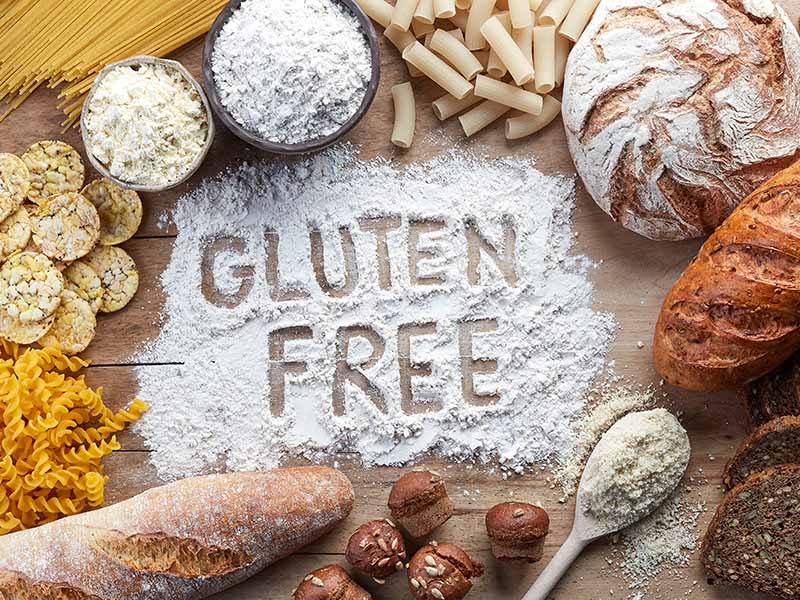
If you have celiac disease, the answer is apparent. Just a little amount of this protein can lead to critical symptoms. It can be naked to your eyes, but the effects of gluten on your body are significant.
After gluten enters your body, it triggers a typical reaction in the immune system. The subsequent response harms your gut, making it impossible for your body to absorb more nutrients. (2)
Different people experience different types of symptoms as well as their severity. The most common ones are diarrhea, extreme tiredness, abdominal pain, and vomiting. Keep in mind that some people face no symptoms, but the negative effects on the body are still there.
Unfortunately, so far, the only treatment for this disease is to follow a gluten-free diet. Moreover, you may have to take on various practices to avoid gluten contamination. You should also be extra careful when eating in restaurants to minimize the risk.
Gluten intolerance, also known under the name non-celiac gluten sensitivity, is also what makes people stay away from gluten.
The symptoms of gluten intolerance are similar to celiac diseases. However, in contrast to the latter, the former doesn’t lead to long-term effects. But you should avoid them, nonetheless.
Gain a better knowledge of celiac disease through this video.
Almond Flour Is Gluten-Free, But There Is A Complicated Truth Behind
Now, let’s switch to the main point of today’s conversation. First of all, let’s check out how almond flour is made. The process is pretty simple and you can do it by yourself; there is a guide further down this post.
The Process Of Making Almond Flour And The Risks At Factories
Naturally, almond flour is made by grinding almonds. Firstly, the almonds are submerged in boiled water until their skins are off. Subsequently, they are smashed and then filtered to a flour-like substance.
Almonds are inherently gluten-free, and if they are turned into flour this way, that wonderful quality still remains. However, the truth is not always that simple.
Sometimes, almond flour comes from factories that have other gluten-carrying products such as wheat flour. During processes like production and packaging, almond flour can come into contact with those products. Therefore, it can get contaminated with gluten.
Furthermore, there are manufacturers out there that blend different types of flour together. This is done to achieve their desired product.
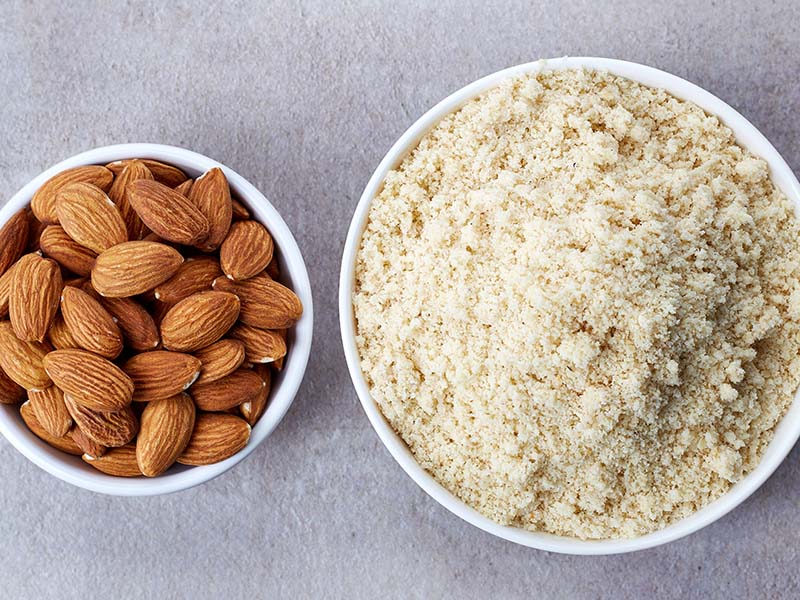
Other Sources Of Gluten Contamination And The Importance Of The Gluten-Free Certification
You should also be careful if you get almond flour from bulk bins. Bulk bins at retail stores sell various ingredients, including the ones with gluten. Although unlikely, almond flour may become contaminated with those wheat-based products.
The risk even further increases if the retail store doesn’t have good safety practices. For instance, placing goods close together or not washing hands after selling. Also, avoid bins that are not covered in lids.
Although all of the possibilities mentioned above are rare, your health should be the top priority. As a result, only buy packaged almond flour or make it by yourself.
Packaged almond flour also needs to come with a gluten-free certification. This procedure is specially created to protect people with celiac disease or gluten-related illnesses. The standards are extremely strict, so your safety is 100% guaranteed. (3)
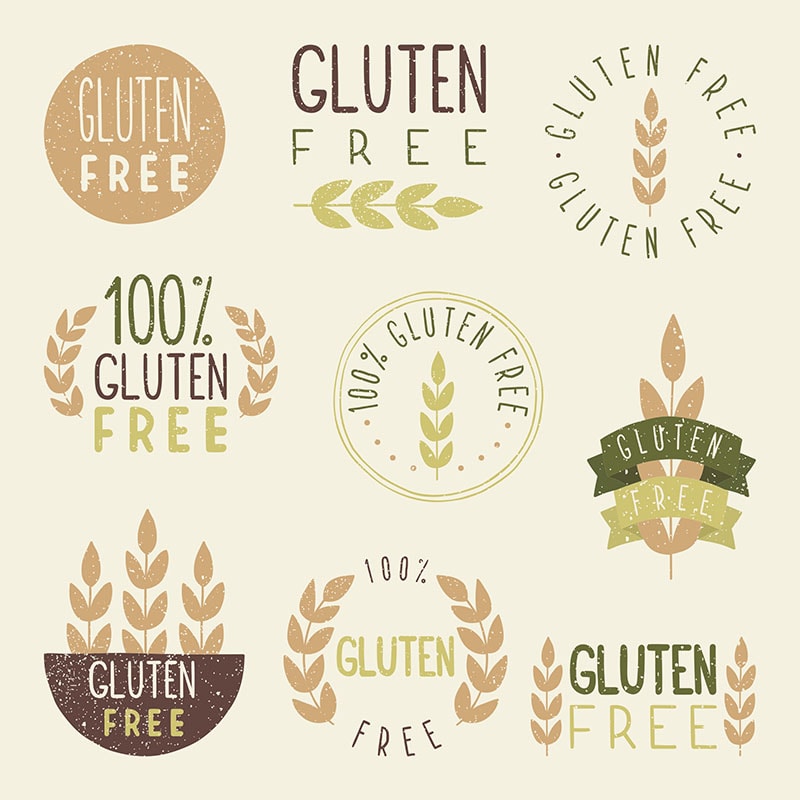
Tips On How To Avoid Gluten Contamination
Avoiding gluten has never been an easy task since it is almost invisible to your naked eyes. Fortunately, there are many ways you can do to protect your health.
In Your Own House

Gluten contamination does not only happen at factories or supermarkets but also in your own house. You may live with people who consume foods or drinks containing gluten. As a result, the risk is always there no matter how big it is.
No worries, I got this. Here are some tips to reduce the risks to nearly zero:
- Store gluten-free foods and those carrying gluten in different places. You can label the foods for extra safety.
- Cook foods using separate pans, pots, or other equipment. An alternative is that you can cook gluten-free dishes before other dishes.
- If viable, divide your kitchen into 2 areas: gluten-friendly and gluten-free.
- Have a toaster and toaster bags that only cook and carry gluten-free foods. Do the same for waffle irons, grill pans, or other cooking tools.
- Since it is hard to wipe wooden utensils after cooking, it is recommended to have separate utensils for gluten-free foods.
- Avoid dipping foods in the same sauce like ketchup or chili sauce.
- Clean your chicken carefully after each meal. Wash your hands before/after eating.
Find out what gluten contamination is and useful tips to avoid it in this video.
When You Eat Out
When eating at a restaurant, don’t be afraid of asking the owner, waiters, or even chefs for further information. Whether it is about the ingredients or the cooking process, ask clearly to ensure that there is no gluten in your foods.
Some restaurants can adopt practices to protect customers who cannot stand gluten. This is done by separating the kitchen and cooking tools for food preparation. However, not every restaurant can afford this, so you have to be sure by asking them.
How To Make Almond Flour At Home
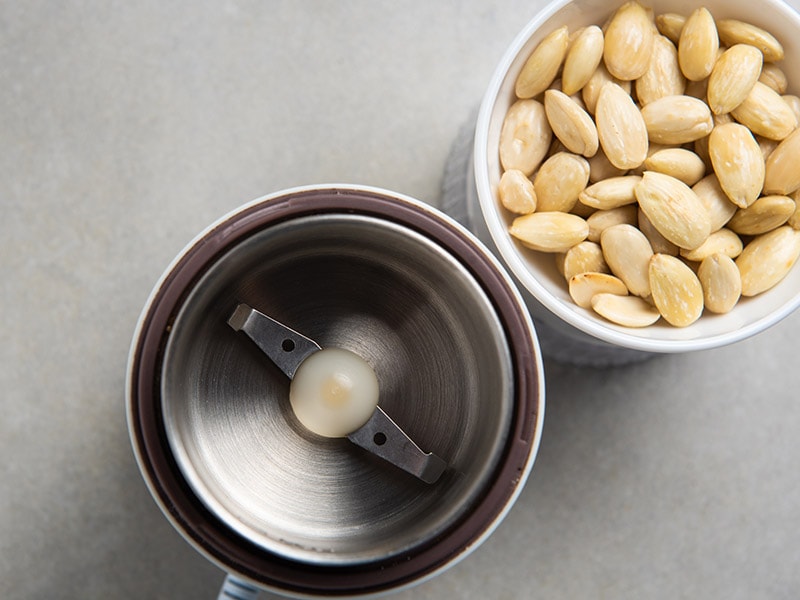
You can answer the question in your head by yourself. Just follow the steps below closely. First of all, there are a few things you need to prepare:
- Raw almonds
- A pot
- A mesh
- A food processor
- A strainer
- A bowl (to carry flour)
- A baking pan
1 cup of blanched almonds can be made into 1 ½ cup of flour, so prepare according to your need. Time to make this magical flour!
Step 1: Submerge The Almonds In Water
First, you have to fill the pot with water and then heat it on a stove. Boil until you can see bubbles on the surface, then pour the almonds into the pot. Wait for 30 seconds before taking the almonds out and placing them in the strainer.
Step 2: Removing Skins
When the almonds have cooled down, run them through cold water. After that, you can remove their skins easily with your fingers.
Step 3: Dry And Wait
After taking off the skins, lay the almonds on a baking pan and wait for them to dry. Although the time varies between different places, it is recommended to let them dry overnight.
Step 4: Grind The Almond
Put your almonds in the food processor and pulse them a few times. Remember to just process them enough until they are nicely ground.
Step 5: Filtering
Finally, use a mesh to sift large chunks of flour and remove them. Your almond flour is at your service.
To store your almond flour, keep it in an air-tight container and place it in a cool, dark place like a kitchen cabinet or the pantry. You should try your best to prevent it from being exposed to sources of light and heat, such as the sun.
The ideal place for almond flour is in the refrigerator. Besides light and heat, it can also protect the flour from insects, which can damage its quality. The third option is the freezer, which increases the longevity of your almond flour to almost indefinite.
Check out this detailed guide on how to make almond flour.
What Are Some Good Almond Flour Brands Out There?
I know that you are more or less eager to know some good almond flour brands on the market. The list below includes the best gluten-free certification almond flour that you can try.
1. Blue Diamond Almond Flour
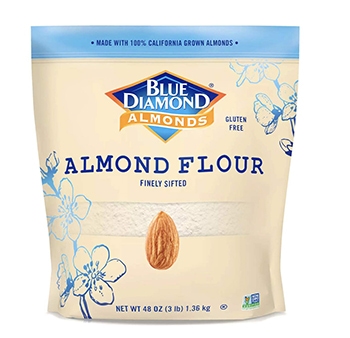
This flour is great for both cooking and baking. Moreover, it can fit a keto or paleo lifestyle perfectly. Being made from extremely high-quality almonds, this brand will not disappoint you.
Standing at 4,8 stars on Amazon with nearly 36,000 ratings, it is no surprise that this flour is many people’s favorite. You may become one of them in the future!
2. Bob’s Red Mill Almond Flour
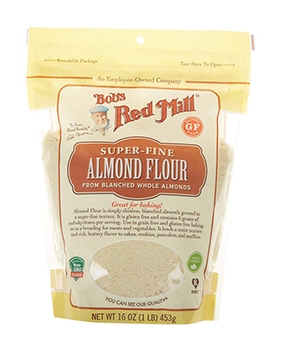
The next brand on our list is also milk-free, crustacean-free, and fish-free. Truly a blessing for a gluten-free lifestyle. Apart from that, it is also a non-GMO product, which means it is not made from notorious genetically modified ingredients.
Being rated 4,8 stars on Amazon, there is no doubt about the quality of this brand. Let’s try it!
3. King Arthur Almond Flour
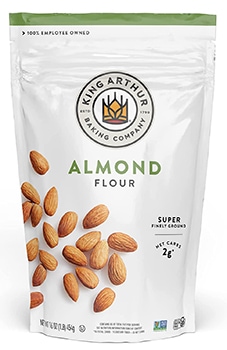
Described as being excellent for baking, this flour will guarantee the quality of your future cakes, cookies, and macarons. This product also adds a moist and rich texture to your goods and is extremely nutritious.
Don’t hesitate to buy this product; the 4,8-star rating along with plenty of beaming customer feedback already says how good it is.
4. Simple Mills Almond Flour
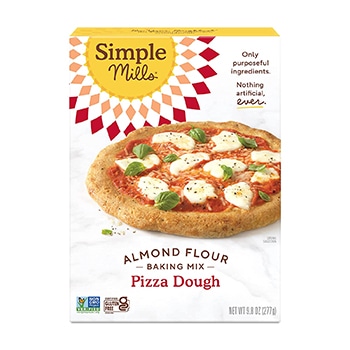
This flour is perfect for making pizza crust. Powered by cauliflower, the taste will never be like anything you have tasted before, delicious and crunchy. For your reference, it is also corn-free, paleo-friendly, plant-based, and non-GMO.
Its quality is clear just by looking at the rating on Amazon: 4,4 stars out of 2,600 ratings, and a lot of positive reviews.
Keep yourself informed with extra information about Simple Mills almond flour in this video.
5. Barney Skin-Free Almond Flour
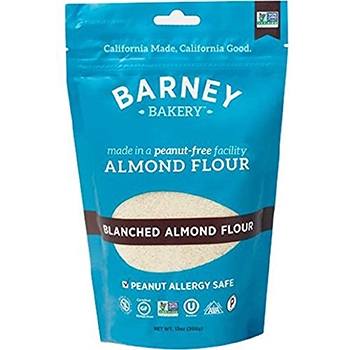
Versatile, savory, and high quality are what you can say about this brand. It is also dairy-free, soy-free, egg-free, and peanut-free. Truly perfect for people who are allergic to those things. People who are on a keto or paleo diet can also use this flour.
With 1,100 ratings and 4,7 stars, this product is appreciated by a lot of customers. It’s understandable since the quality is out of the question.
6. Nature’s Eats Blanched Almond Flour
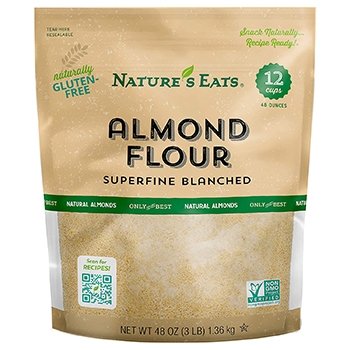
The last flour on our list can be used for a lot of things. Whether it is breading, coating, or making pizza crust, it can do the job perfectly. Furthermore, it adds an extra mild and nutty flavor to your foods.
After 3,100 ratings, it reaches 4,7 stars, which is an impressive standing. So, what are you waiting for, let’s have a try!
FAQS
This section will answer things that you may have in your head now. They are about almond flour or gluten, of course!
Making Decision About Almond Flour Is Easy Now
After this article, I guess you know whether almond flour is gluten-free or not. You also know its benefits and what they can be used for. Moreover, you can make it by yourself!
Avoiding gluten is such a hard task. However, it is not impossible if you follow a good set of habits. As long as you follow the tips, I am sure that accidents will not happen.
Last but not least, remember to share his post with people around you who also need to avoid gluten. Any tips or questions that you may have in mind will be nice additions to the comment section below! Thank you for your attention.
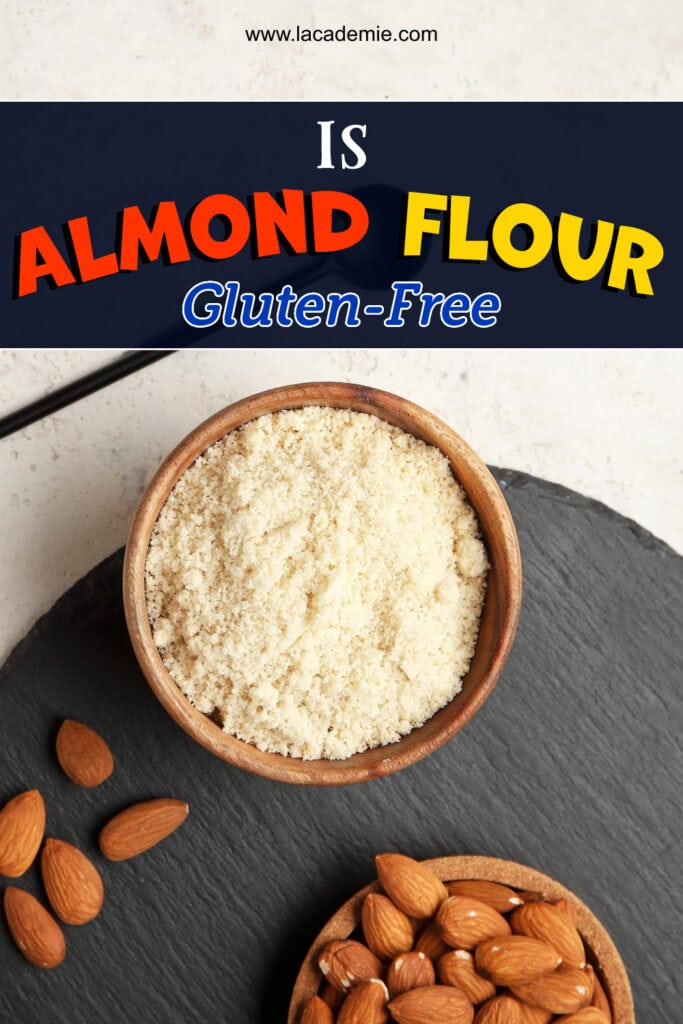
References
- Kamil A, Chen CY. Health benefits of almonds beyond cholesterol reduction. J Agric Food Chem.
- Disease, C., n.d. Celiac Disease | NIDDK. [online] National Institute of Diabetes and Digestive and Kidney Diseases.
- U.S. Food and Drug Administration. 2021. ‘Gluten-Free’ Now Means What It Says.

